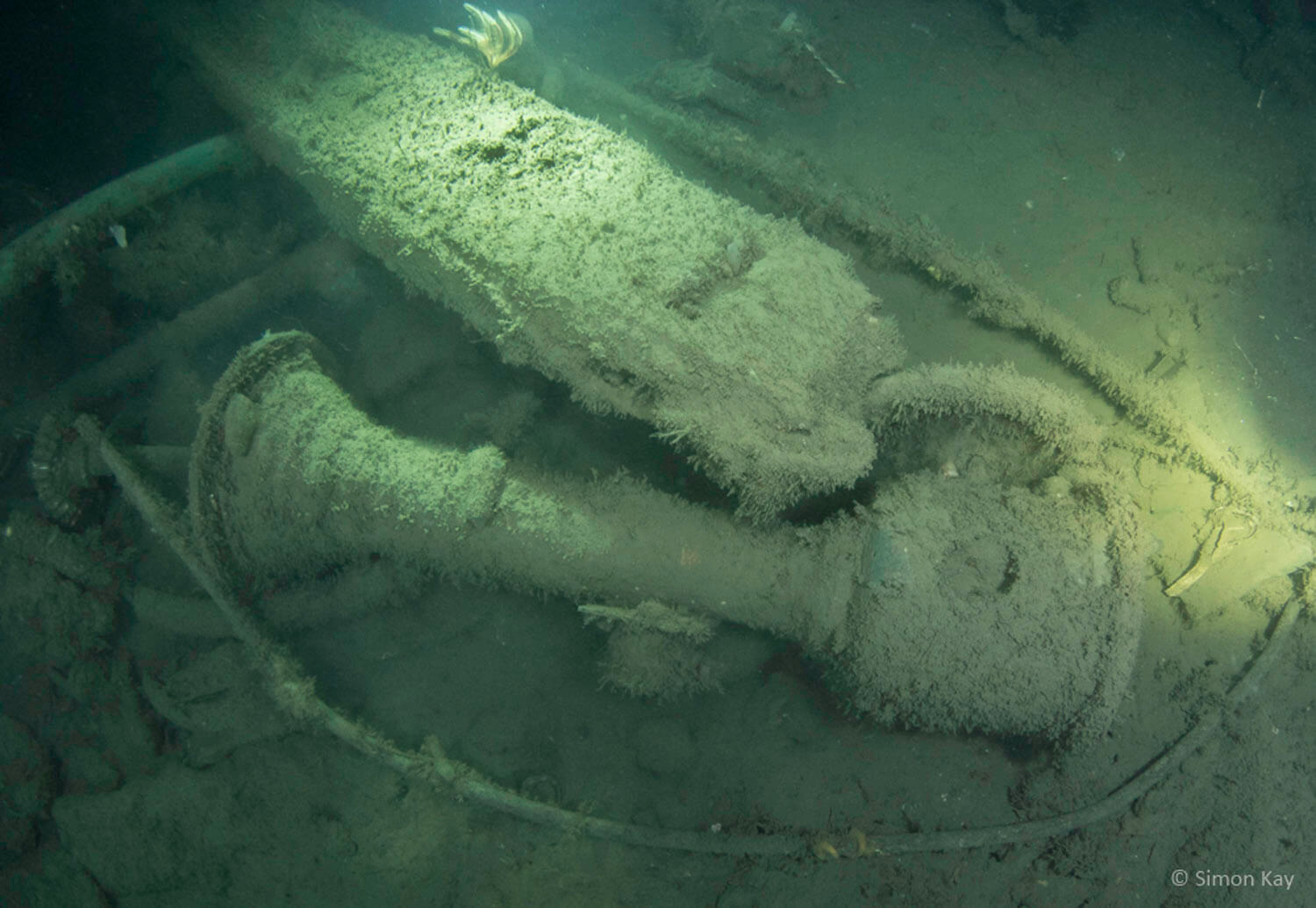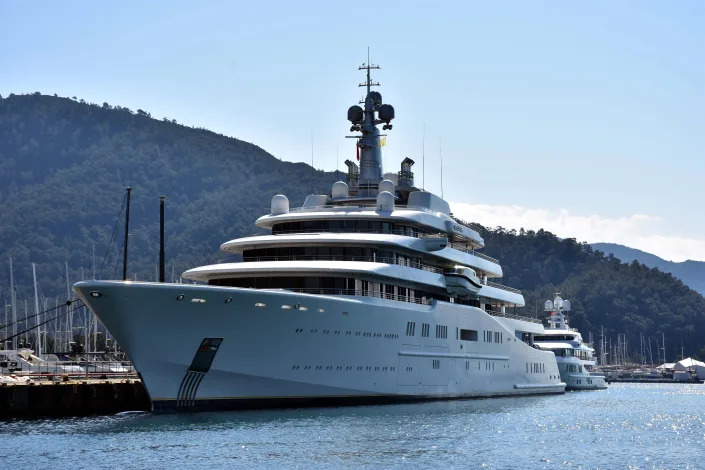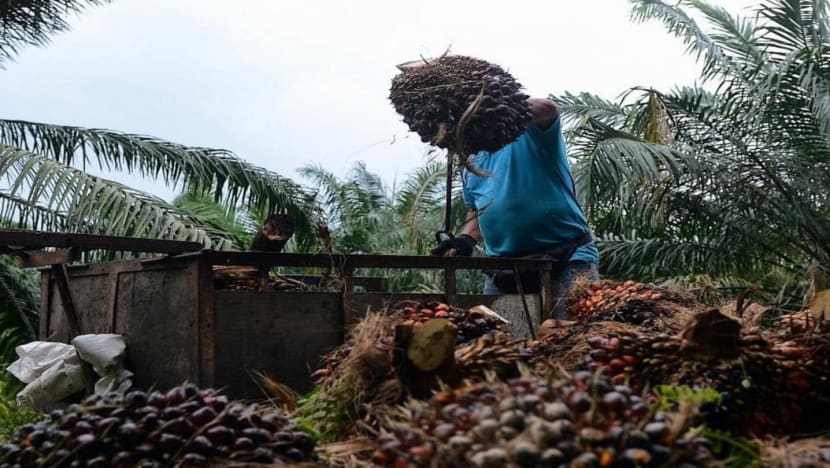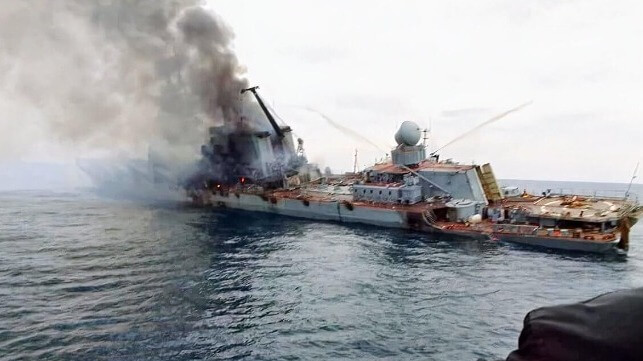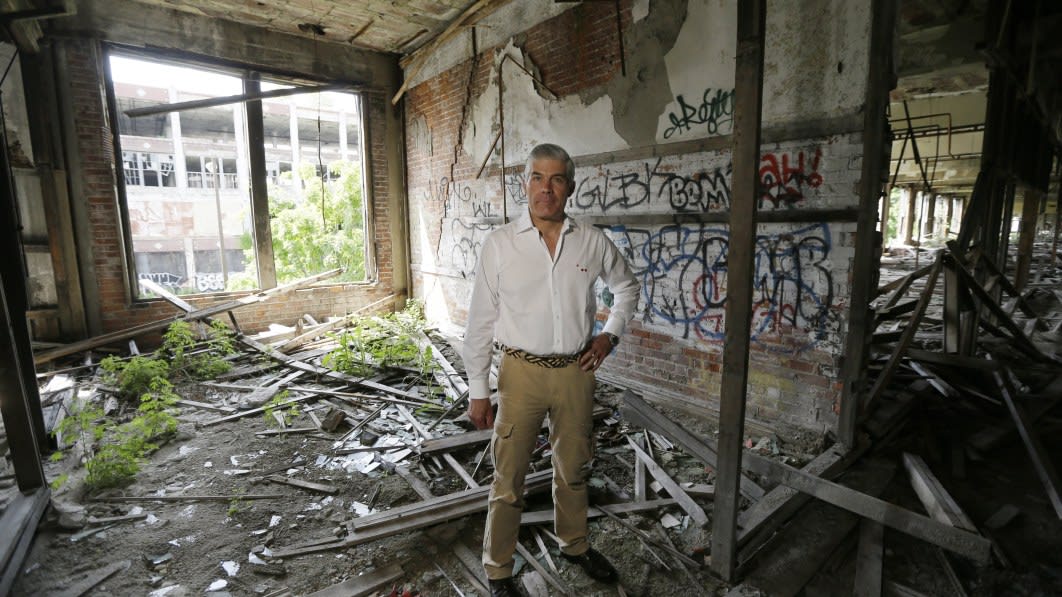
U.S. civilian, military populations combine for more than $230 billion in annual costs.
A new study finds that the national economic burden of PTSD goes beyond direct health care expenses and exceeds the costs of other common mental health conditions, such as anxiety and depression.
The researchers estimated the cost of PTSD at $232.2 billion for 2018, the latest year for which data were available at the time of the study. They called for increased awareness of PTSD, more effective therapies, and the expansion of evidence-based strategies to “reduce the large clinical and economic burden” of that mental health condition.
The results appeared online in the Journal of Clinical Psychiatry today (April 25, 2022).
“The $232 billion annual economic burden of PTSD in the U.S. demonstrated in this study is staggering and fuels the urgency for public and private stakeholders to work together to discover new and better treatments, reduce stigma, improve access to existing treatments, and expand evidence-based recovery and rehabilitation programs,” the researchers write.
Dr. Lori Davis, the associate chief of staff for research at the Tuscaloosa Veterans Affairs Medical Center in Alabama, led the study. She and her team used insurance claims data, academic literature, and government publications to estimate the costs of PTSD in both the U.S. civilian and military populations. The latter cohort included active-duty military and veterans.

A study led by Dr. Lori Davis of the Tuscaloosa VA brought to light the extent to which PTSD not only impacts Veterans and active-duty military, but civilians, as well. Credit: Mike Harris
Understanding the complex nature of posttraumatic stress disorder, commonly known as PTSD, is one of VA’s most pressing challenges. The agency says many veterans who fought in Vietnam, the Gulf War, and the post-9/11 conflicts in Iraq and Afghanistan have had that mental health condition sometime in their lives.
PTSD symptoms are well documented: re-experiencing of trauma through flashbacks and nightmares; avoidance of reminders of a traumatic event; changes in thoughts and feelings, such as guilt and emotional numbing; insomnia; and hyperarousal.
In the study, the investigators brought to light the extent to which PTSD not only impacts veterans, but civilians, as well. The research team found that civilians accounted for 82% of the total PTSD costs, compared with 18% for the military population. That disparity is predicated on the fact that the number of civilians far exceeds that of active-duty military and veterans. Although PTSD is more prevalent in the military, the number of civilians with PTSD still tops the number of Veterans with that condition.
Davis and her colleagues noted that more studies on PTSD and its treatments are needed to address the rise in civilians with PTSD, calling that phenomenon a “rapidly accumulating societal burden.” Improved access to effective treatments is also needed, especially for people in economically vulnerable situations,” she noted.
“Much of the research and legislative response on PTSD has focused on combat-exposed populations due to the high prevalence of the condition among the military population,” the researchers write. “However, the military population composed a small proportion of the overall U.S. population with PTSD.
“With the increasing occurrence of national and societal traumatic events around the world, including COVID-19, civil unrest, and climate change, there is mounting concern of an increase in PTSD and burden in the civilian population. As such, the current cost estimate is likely an underestimation given these recent global traumas, the effects of which would not have been captured and are likely to result in increasing negative repercussions.”
Although civilians accounted for more than three times the total PTSD costs, the annual costs per civilian with PTSD ($18,640) were lower than that in the military population ($25,684). In the civilian population, direct health care and unemployment costs accounted for the economic burden, while disability and direct health care costs drove the burden in the military population. Non-direct health costs such as disability payments are higher in military populations, according to Davis. The expansion of supported employment services for PTSD patients is overdue and could address the growing disability and unemployment crisis in veterans, she says.
The researchers also found that women represented 66% and 74% of the overall and civilian population with PTSD, respectively, thereby contributing disproportionally to the national costs. Research has shown that trauma-exposed women show higher levels of PTSD symptoms than trauma-exposed men. Plus, traumas such as sexual assault and domestic violence tend to affect more women than men and represent important areas for prevention and treatment.
The study notes that the substantial economic burden of PTSD highlights the “urgent and unmet” need for treating and rehabilitating people with the disorder.
“Experts agree that there is a long-standing crisis in pharmacologic drug development for the treatment of PTSD, as no medication has been FDA-approved for PTSD since the only two marketed agents were approved 20 years ago,” the researchers write. “Additionally, there is a scarcity of evidence on the impact of available pharmacologic and psychological treatments and the interplay between the two on patient-centered outcomes, such as quality of life, well-being, interpersonal relationships, and occupational functioning. A burden that is often ignored in economic calculations is the cost for psychotherapy not covered under health plans, which represents a significant out-of-pocket [expense] for someone with PTSD, as demonstrated in the current study.”
What does all of this mean for getting PTSD costs under control in the future?
“It is important to remember that we have effective treatments for PTSD,” says Dr. Paula Schnurr, executive director of VA’s National Center for PTSD. “One potential implication of this study’s findings is that increasing treatment could reduce not only the symptom burden on people but also the economic costs to society as a whole.”
Reference: “The Economic Burden of Posttraumatic Stress Disorder in the United States From a Societal Perspective” by Lori L. Davis, MD; Jeff Schein, DrPH, MPH; Martin Cloutier, MSc; Patrick Gagnon-Sanschagrin, MSc; Jessica Maitland, MScPH; Annette Urganus, MPH; Annie Guerin, MSc; Patrick Lefebvre, MA and Christy R. Houle, PhD, MPH, 25 April 2022, Journal of Clinical Psychiatry.
DOI: 10.4088/JCP.21m14116
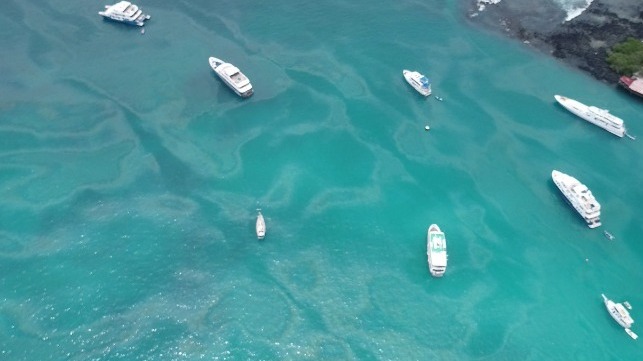
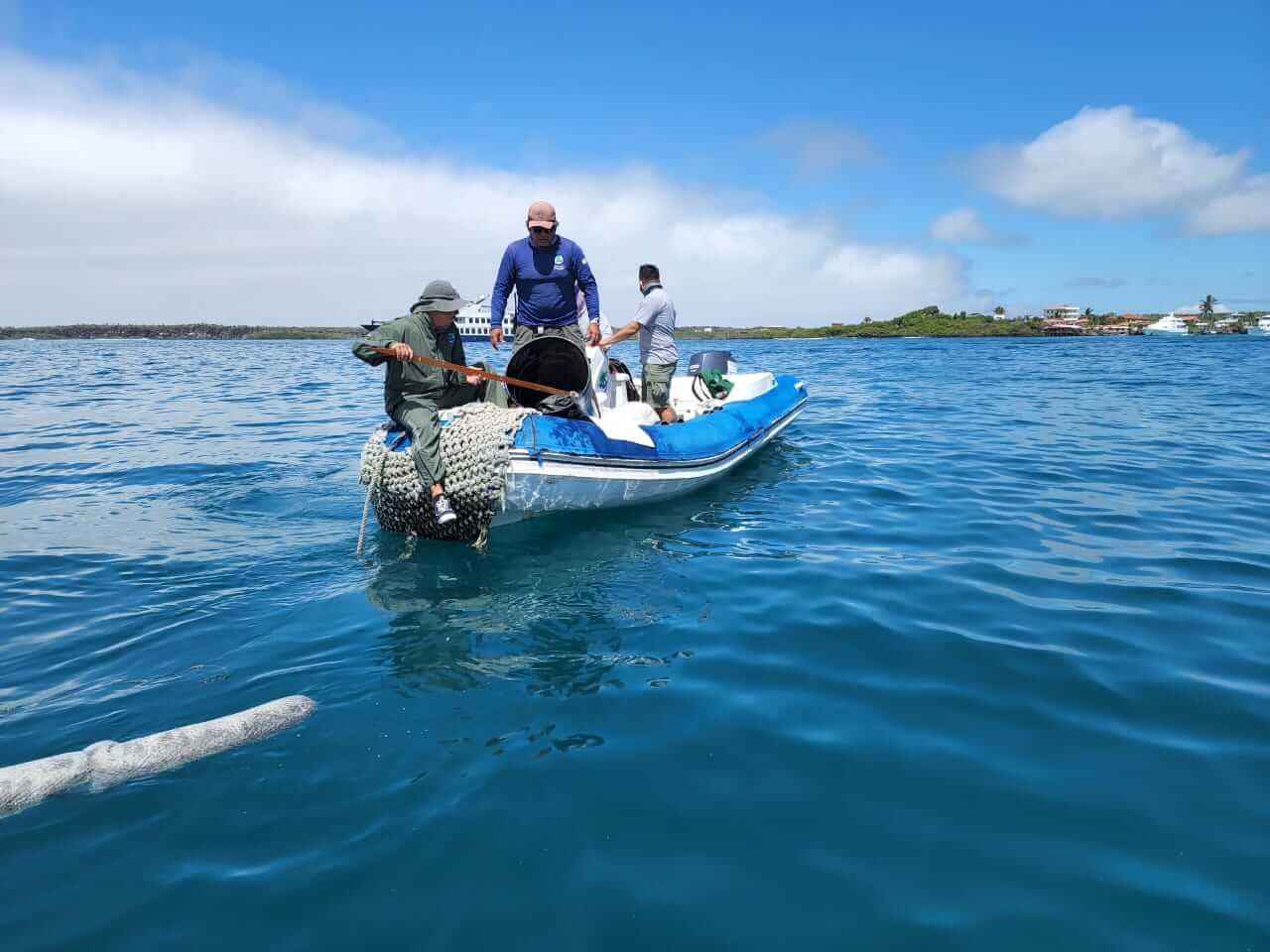
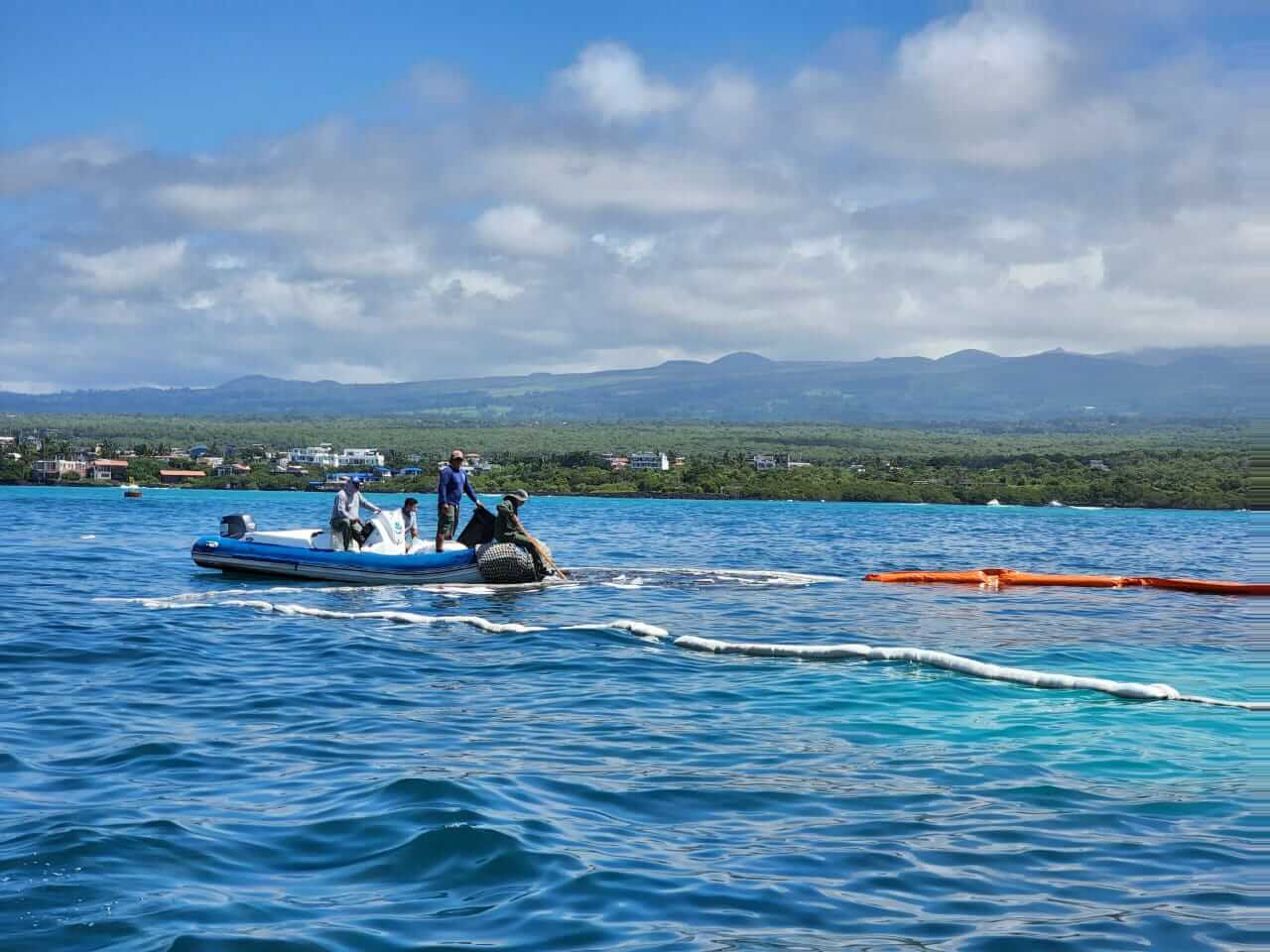
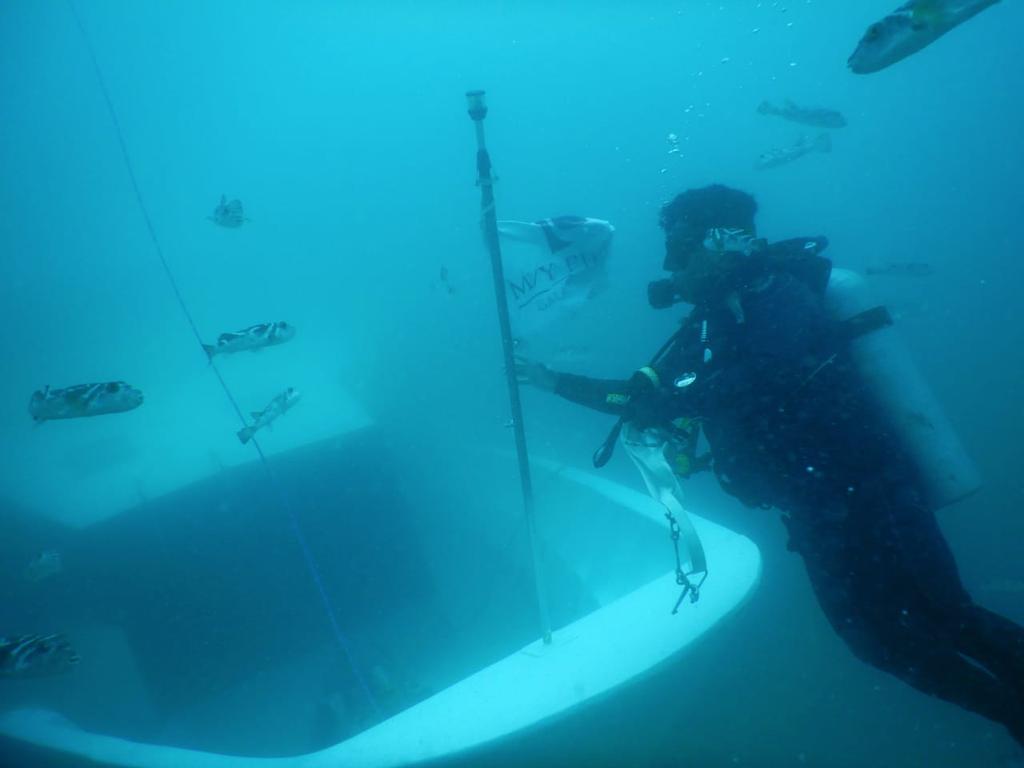 Images courtesy PNG
Images courtesy PNG
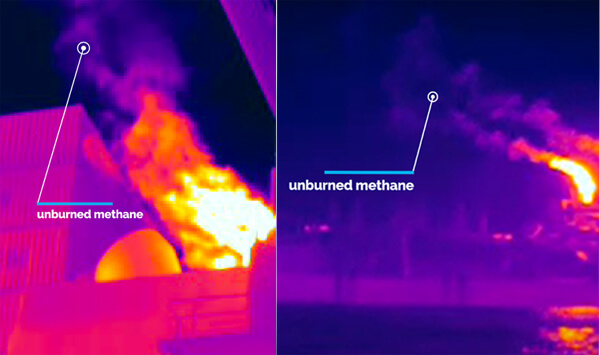
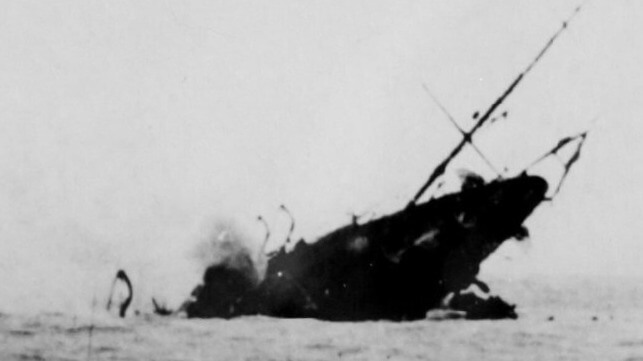
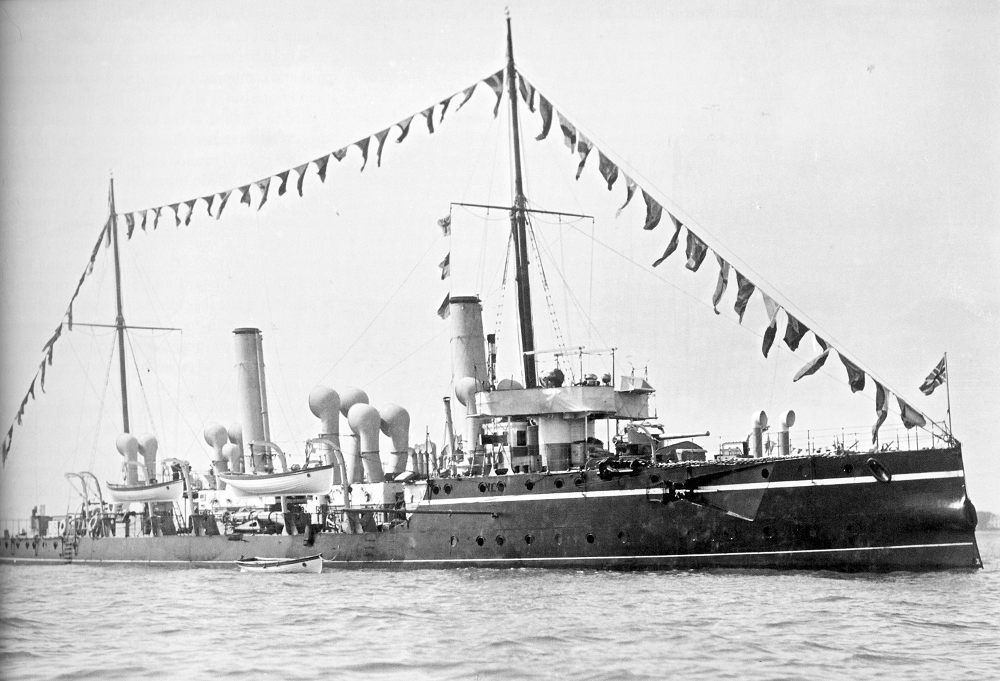
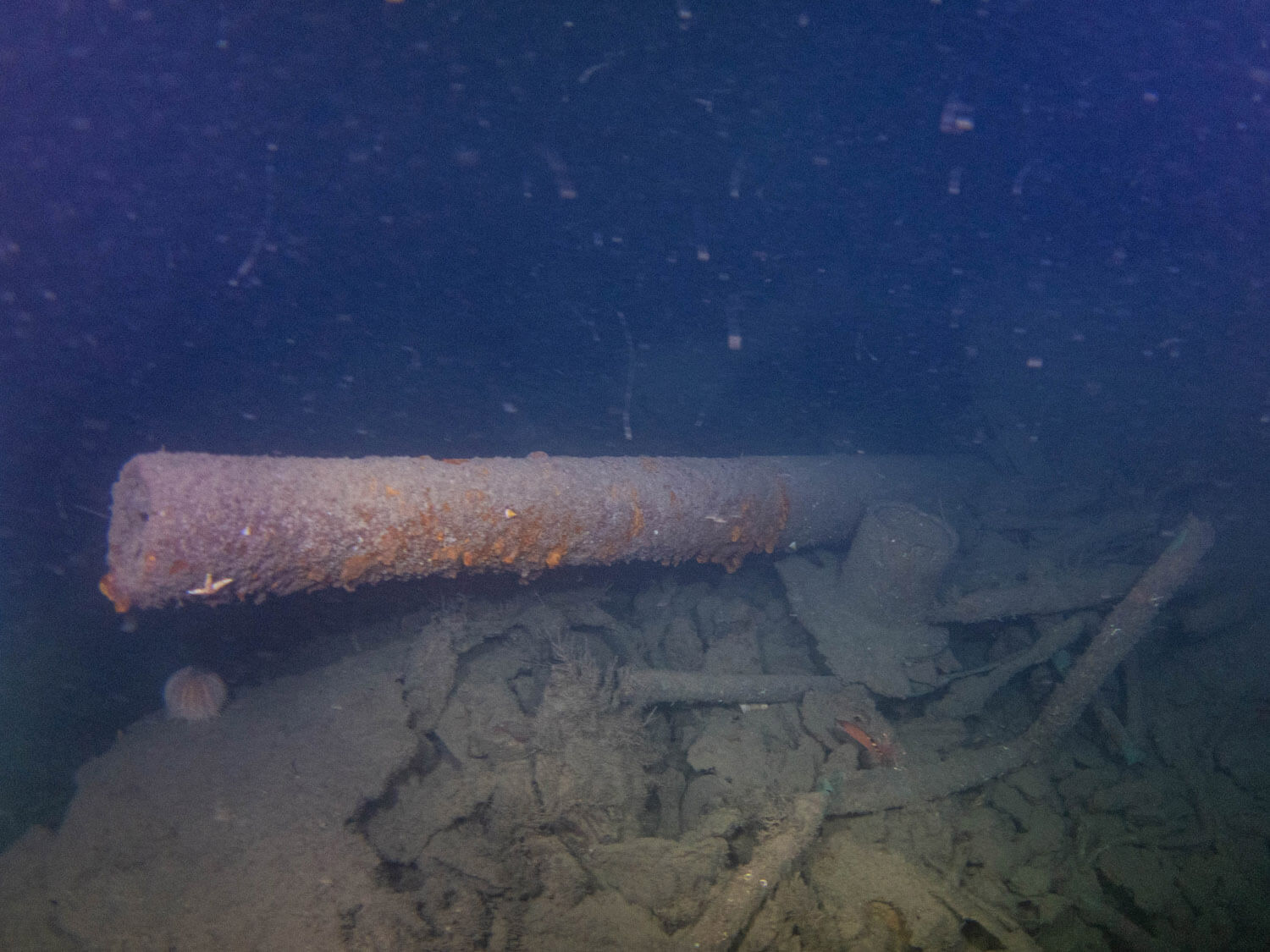 A cannon from HMS Jason (Royal Navy)
A cannon from HMS Jason (Royal Navy)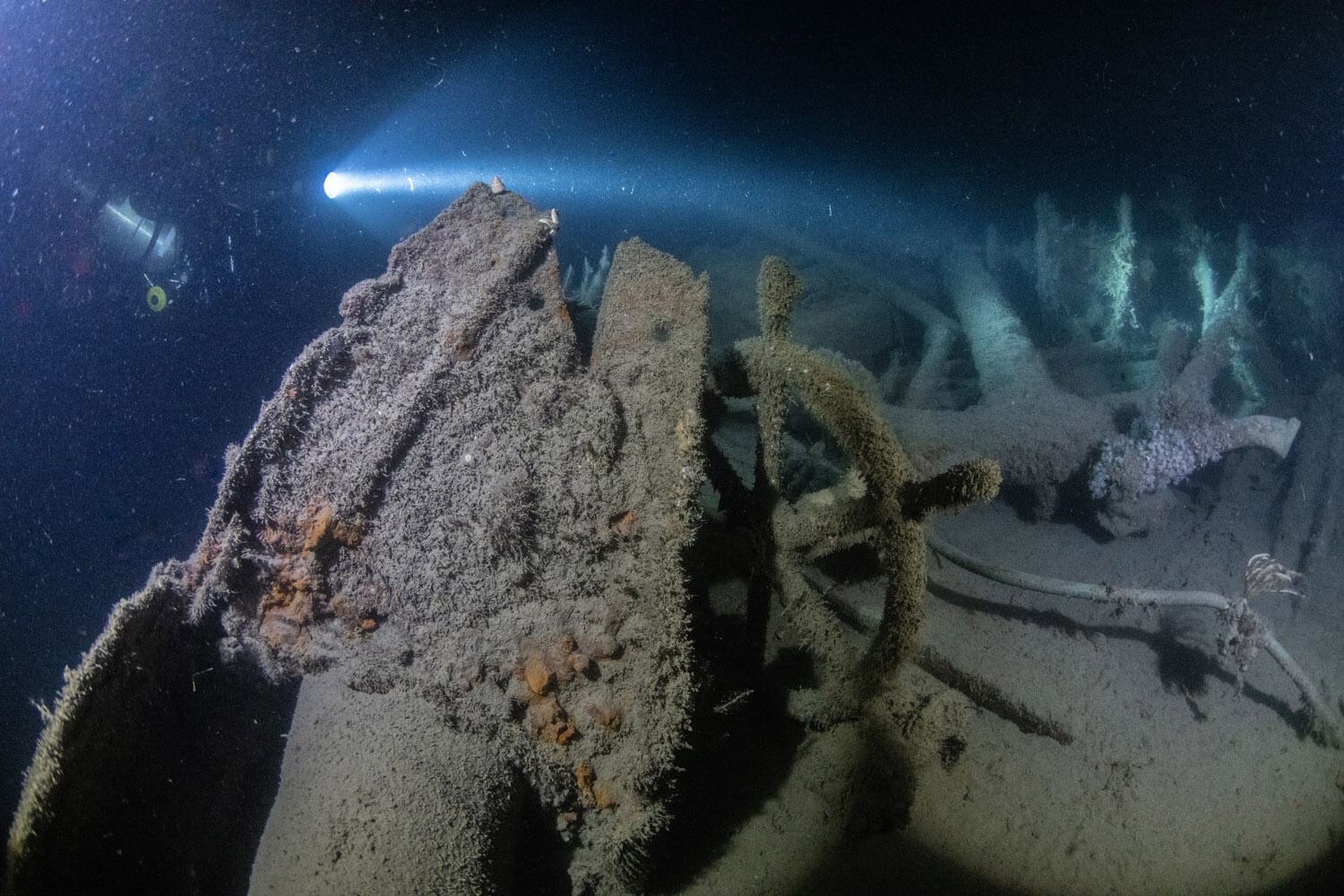 HMS Jason's wheel (Royal Navy)
HMS Jason's wheel (Royal Navy)